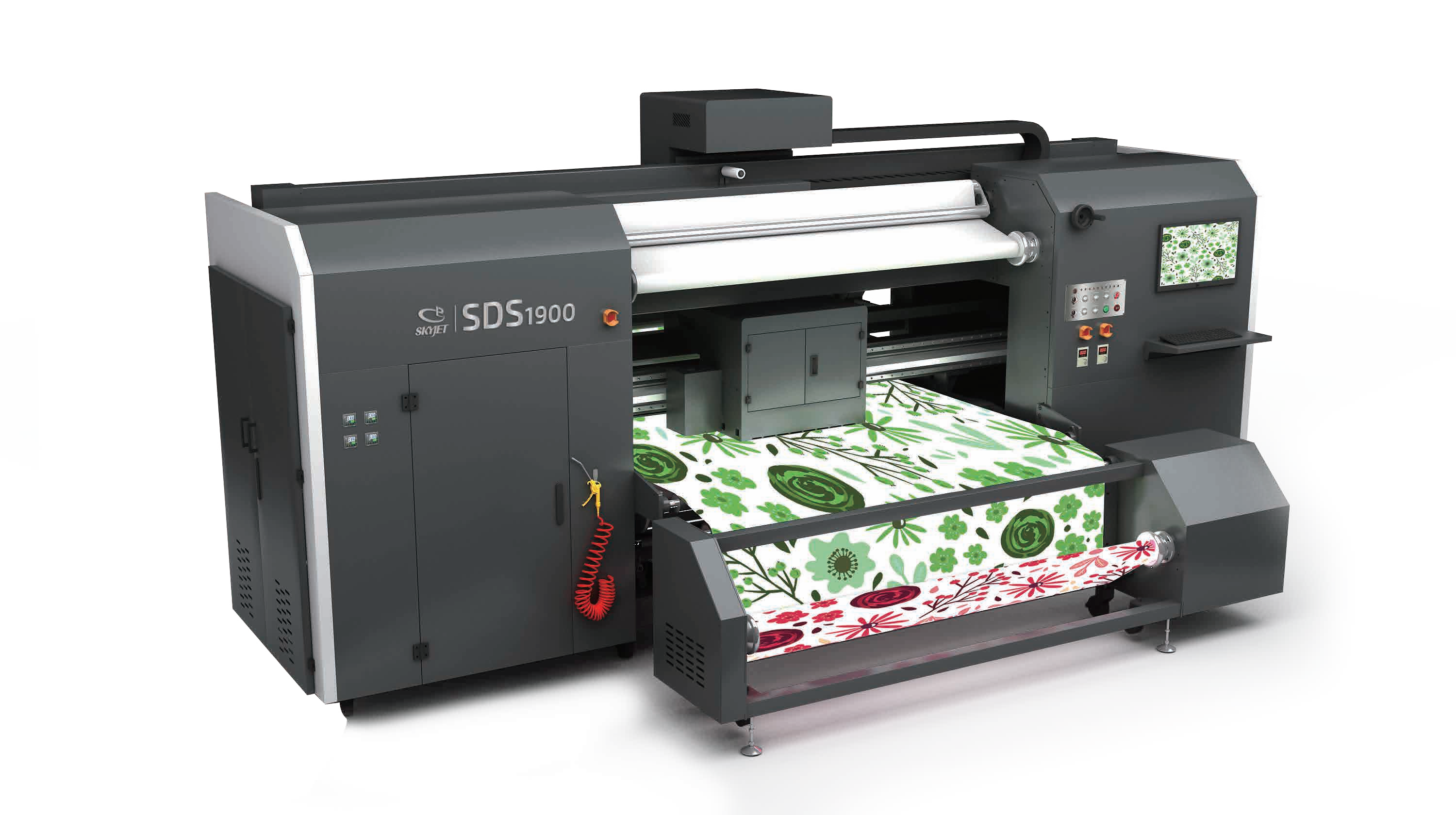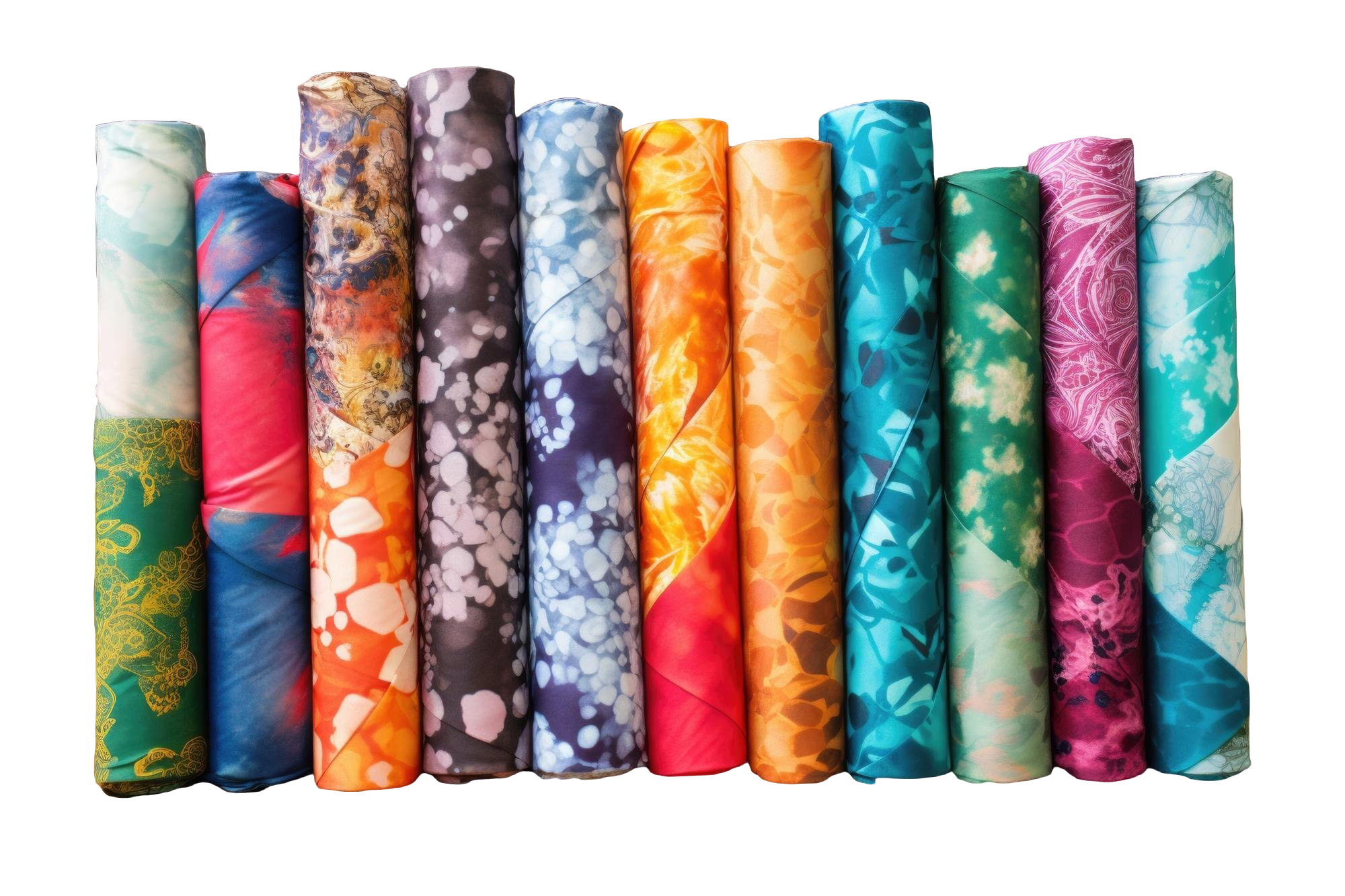The textile printing industry has undergone a dramatic transformation over the past few decades, transitioning from traditional methods like screen printing to digital technologies that offer more precision and efficiency. Digital textile printing (DTP) has become a key innovation in the industry, allowing designers, manufacturers, and customers to access more complex, vibrant, and customized designs.

The Beginning of Textile Printing
Textile printing began with techniques like block printing, followed by screen printing, which became the dominant method by the mid-20th century. These methods, while effective, were time-consuming and required extensive manual labor, making mass production difficult and expensive.

The Shift to Digital Printing
The early 21st century saw a significant shift with the advent of digital printing, particularly with inkjet technology. Unlike traditional methods, digital textile printing allows designs to be applied directly to the fabric without the need for screens, making it faster and more versatile. Early digital printers used reactive inks, which worked well with natural fibers but had limitations in terms of color vibrancy and fabric compatibility.
Advancements in Technology
As technology advanced, so did the quality and capability of digital textile printers. Newer ink formulations, including acid, pigment, and sublimation inks, provided greater flexibility for different fabrics, allowing digital printing to expand to a wider range of applications. Innovations in printers, such as higher resolution heads, faster printing speeds, and enhanced software, made it possible to create intricate designs with faster turnarounds.
Modern-Day Digital Printing
Digital textile printing has evolved into an essential tool for textile manufacturers and designers, offering a level of flexibility, speed, and sustainability that traditional methods could never achieve. As technology continues to improve, we can expect even greater innovations that will shape the future of this dynamic industry.


Conclusion
Today, digital textile printing is a mainstream method used in various sectors, including fashion, home décor, and industrial textiles. It has revolutionized the fashion industry by enabling on-demand printing, small production runs, and custom designs, while also offering environmentally friendly options due to reduced waste and energy consumption.




